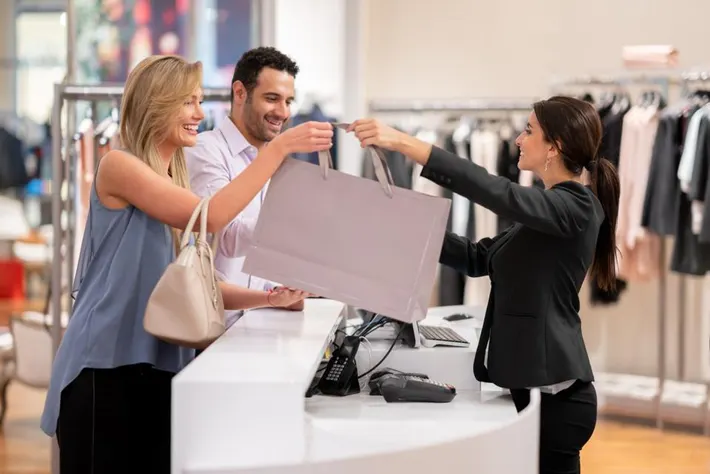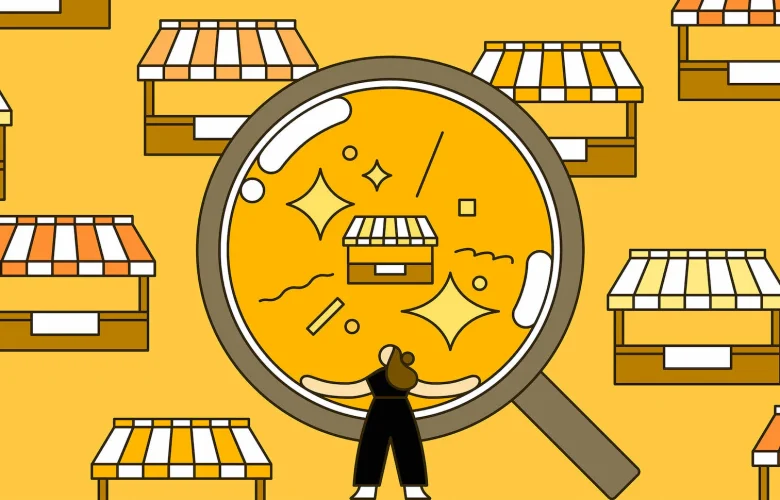Retail is changing quickly; Covid-19 increased store closings and bankruptcies while several established retailers found renewed life through omnichannel offerings.
Ecommerce has made its mark, but it doesn’t spell doom for traditional retail. On the contrary, it offers great opportunities to retailers who focus on what matters to customers most.
1. Accessibility
Brick-and-mortar retailing allows consumers to interact directly with products and staff members in person, giving them the chance to see and touch items before deciding whether or not to buy them – something e-commerce cannot match.
Many physical retailers have integrated e-commerce capabilities to meet consumer expectations for convenience and accessibility. This may include providing access to their storefront online via storefronts, mobile apps or voice assistant support in-store shopping.
No one believes brick-and-mortar stores will disappear overnight; rather they must evolve in order to remain competitive and meet consumer expectations. Some stores are taking steps like using digital technologies like contactless checkout and digital signage to enhance customer experiences; creating experiences for consumers so they will spend more money.
2. Convenience
Ecommerce businesses differ from physical retailers by not maintaining physical storefronts but instead operating exclusively online. Ecommerce businesses sell their products through websites and virtual shopping carts and can operate either one store or multiple chains of stores.
Many brick-and-mortar stores are now integrating their business models with ecommerce to offer seamless experiences to their consumers. Customers expect to be able to quickly locate products they see in store before having it sent directly to them at home.
COVID-19 pandemic brought similar trends, when many non-essential businesses closed, yet some remained operational online to maintain revenue streams. Many retailers now feature omnichannel sales, providing in-store and online purchases; offering returns/exchanges through physical locations as well as their website.
3. Flexibility
Covid-19 forced retailers to rethink their businesses and innovate in new ways. For example, many physical stores are adopting online-shopping models such as buy online/pick up in store (BOPIS), curbside delivery services or virtual concierge services for customer engagement events.
These businesses can quickly adapt to customer needs and deliver exactly what is desired, when customers desire it. Brick-and-mortar locations may provide experiential shopping, instant gratification and instantaneous gratification; however, due to operating expenses like rent and utilities costs they may also be costly for business. Furthermore, their reach may be limited while online retailing serves customers worldwide.
4. Personalization
At a time when shoppers have become accustomed to customized online experiences, brick-and-mortar retailers must step up their personalized efforts in-store. Simply offering BOGO promotions or mass marketing won’t cut it; retailers need to create unique experiences that draw in shoppers while keeping them coming back for more.
Leap, a retail-as-a-service provider, assists brands with the launch of physical locations with buy online/pick up in-store features as well as curbside/home delivery options. Leap also works closely with DTC brands to ensure both their ecommerce and physical retail channels work seamlessly together.
Experiences that stand out don’t just differentiate brands; they also increase customer loyalty and sales. One study has demonstrated how companies using personalization techniques increase conversion rates by 10-15%, leading to faster growth due to an expanded customer base.
5. Convenience
Brick-and-mortar stores differ significantly from e-commerce in that they require large inventories in order to attract shoppers, as well as incurring overhead expenses like rent and electricity payments, which limits space usage. As such, they’re less convenient for customers who prefer shopping from home at any time of day or night.
However, during the Covid-19 pandemic shoppers flooded brick-and-mortar stores. This phenomenon inspired retailers to develop creative business models like buy online pick up in store (BOPIS) or curbside/home delivery options, commonly referred to as phygital retail. Earl of East allowed customers to order through its app and collect in store as another form of omnichannel shopping; thus making brick-and-mortar stores once again desirable destinations for consumers.





